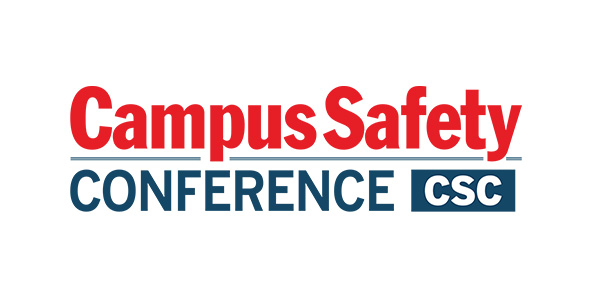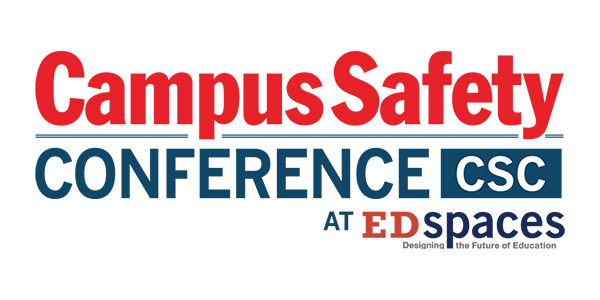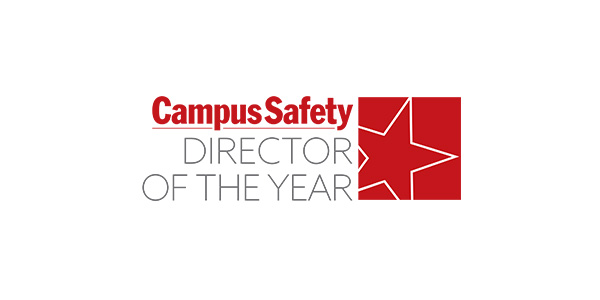Security in educational settings is a complex challenge that requires a multi-layered approach. While technology and personnel are crucial components, the physical design of a facility itself plays a fundamental role in creating a safe environment. This year’s Campus Safety at EDspaces conference (CS@EDspaces), happening November 5-7 in Columbus, Ohio, highlights this very topic, featuring two workshops that explore how intentional architecture and environmental design can significantly improve safety in schools and training centers.
Session attendees will learn how integrating security into the master planning process and applying Crime Prevention Through Environmental Design (CPTED) principles can create safer, more secure learning environments.
The Foundation of Security: School Security Design
Just as a heating, ventilation and air conditioning (HVAC) system is designed specifically for the building it will serve, physical security systems must be tailored to the unique risks and needs of each school. A one-size-fits-all approach is not only ineffective but can also be a waste of valuable resources. True security is built from the ground up, woven into the very fabric of a facility’s design.
Related Article: PASS Releases Update to K-12 School Safety and Security Guidelines
Integrating Security into Master Planning
One of the most critical takeaways is the need to move security from an afterthought to a core component of the master planning and capital improvement process. When security is considered from the earliest stages of design, it can be integrated seamlessly and cost-effectively.
CS@EDspaces Workshop A, titled “School Physical Security by Design,” will delve into this concept. This November 5 session emphasizes the distinction between physical security (barriers, access control, surveillance) and operational security (policies, procedures, staff training). The workshop will guide attendees on how to balance these elements with the need for a welcoming and modern learning environment. By integrating security into master planning, administrators can make informed decisions that provide a measurable return on investment for every security dollar spent.
Presented by Idaho School Safety and Security Analyst Guy Bliesner and Woolpert Program Director David Sturtz, this session will cover the following key considerations for physical security design:
- Customization: Security measures should be based on a thorough risk and threat assessment specific to the school’s location, population, and mission.
- Balancing Act: Modern school designs often prioritize open, collaborative spaces. Security planners must work with architects to achieve this while still maintaining access control and situational awareness.
- Future-Proofing: Integrating security during the initial build allows for the easy adoption of future technologies without expensive retrofitting.
CPTED Principles in Action: Immersive Learning Environments
Beyond traditional school settings, the principles of security through design are revolutionizing how law enforcement and first responders train. CPTED is a methodology that uses architectural design to discourage criminal behavior and reduce the fear of crime. When applied to training facilities, it creates highly realistic environments that improve skill development.
A Case Study: The Dallas Police Training Facility
Another key workshop at CS@EDspaces, “Enhancing CPTED Through Immersive Learning,” will use the City of Dallas Police Reality-Based Training Center as a powerful case study. This session — also happening on November 5 and presented by HKS Vice President and Education and Planning Practice Leader Kristen Ambrose and Ric Everet — will demonstrate how strategic facility design can directly support training in situational awareness, critical decision-making, and de-escalation techniques.
Related Article: Applying CPTED on College Campuses
The design of the facility itself becomes a teaching tool. By creating realistic scenarios within a controlled environment, trainers can better prepare officers for the complexities they will face in the field. This immersive approach leverages CPTED principles to reinforce safety protocols and improve training outcomes. For example, the layout of streets, buildings, and public spaces within the facility can be designed to test an officer’s ability to use natural surveillance and control territory effectively.
CPTED enhances training in the following ways:
- Natural Surveillance: Designing spaces with clear lines of sight to minimize hiding spots.
- Territorial Reinforcement: Using physical features like landscaping, pavement, and signage to distinguish between public and private spaces.
- Access Control: Strategically placing entrances, exits, and barriers to direct the flow of people and vehicles.
Key Takeaways for Campus Safety Leaders
While the School Physical Security by Design workshop focuses on K-12 master planning and the Dallas Police Training Facility case study focuses on specialized law enforcement training, they share a unified message: safety through design is a proactive, effective, and essential strategy.
By embracing these principles, educational and training institutions can build a stronger, more resilient foundation for safety. The discussions at the upcoming Campus Safety at EDspaces conference provide a valuable opportunity to learn from experts and see these strategies in action.
To learn more about these innovative approaches to campus security, consider attending the Campus Safety at EDspaces November 5-7 and joining these vital conversations.







